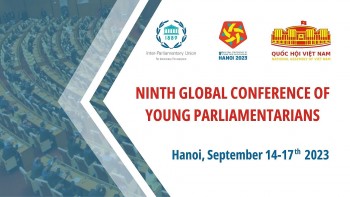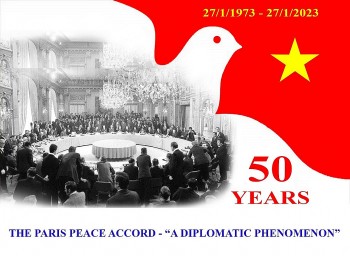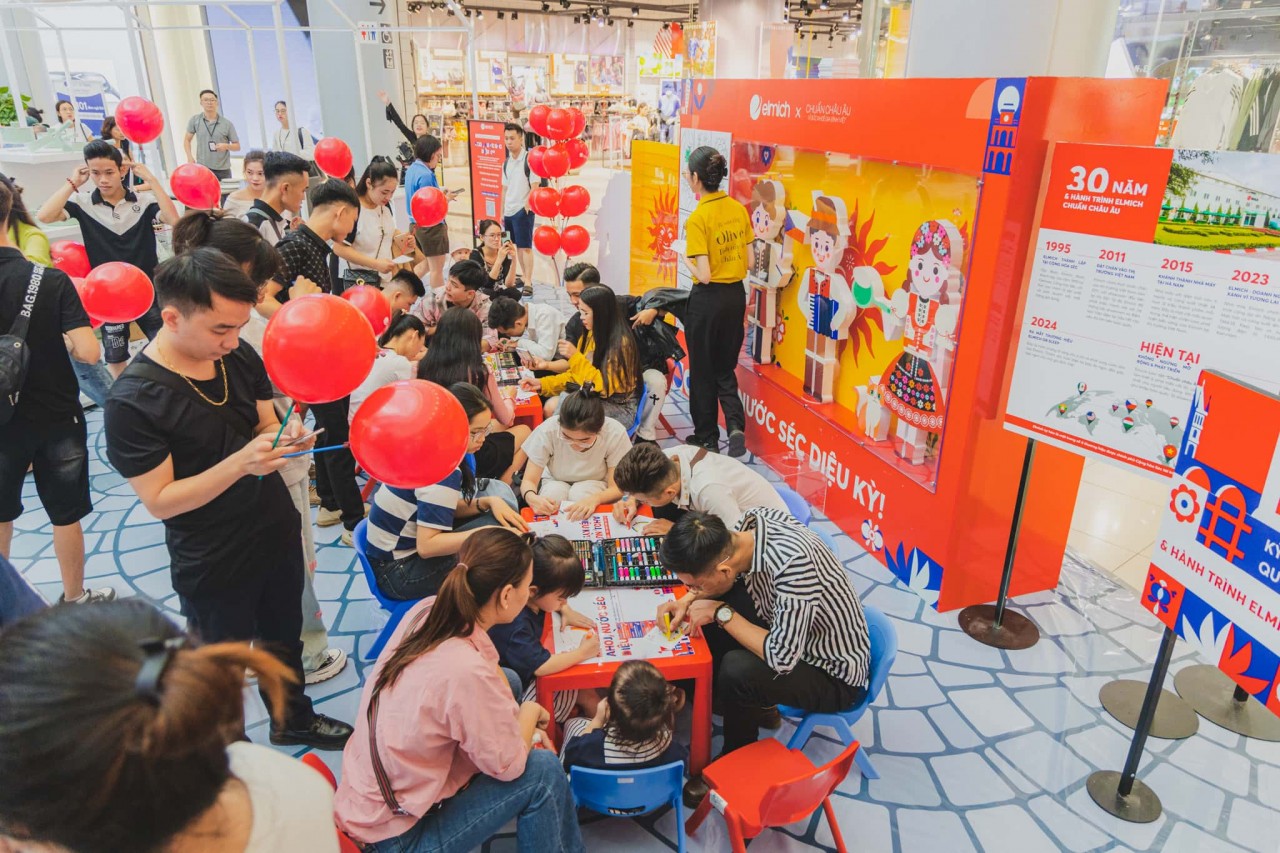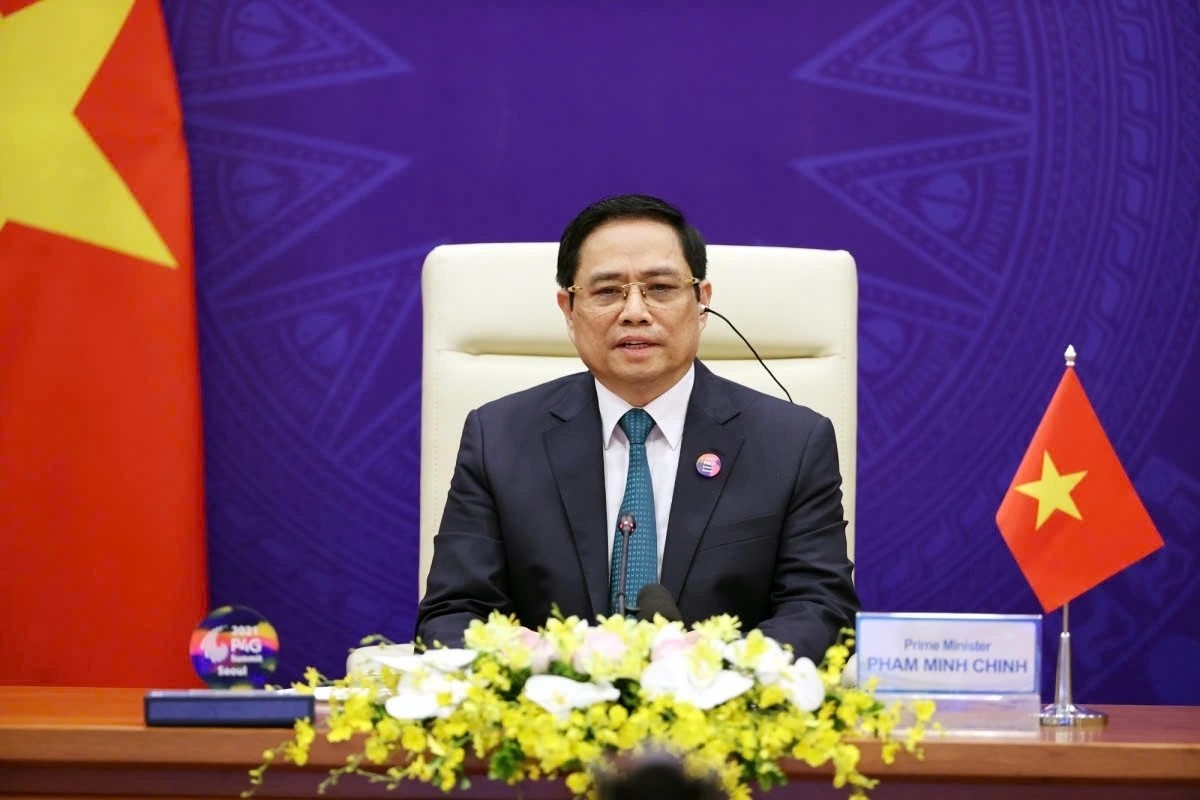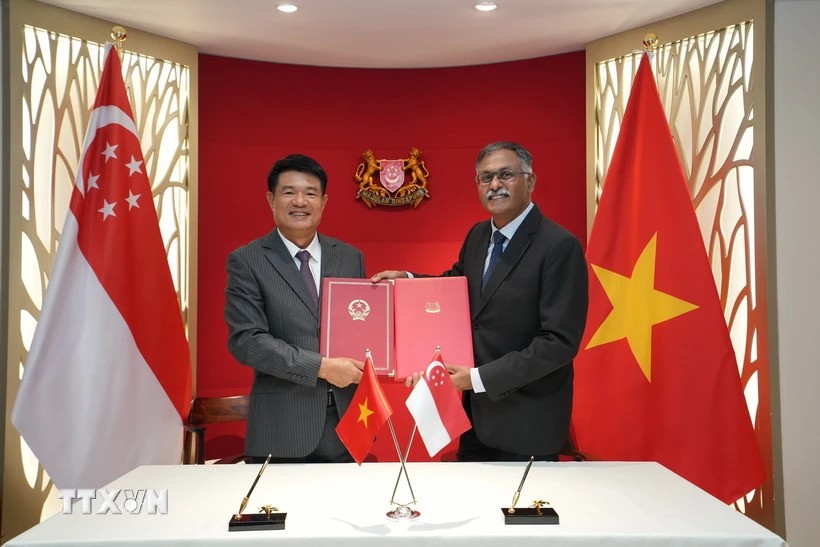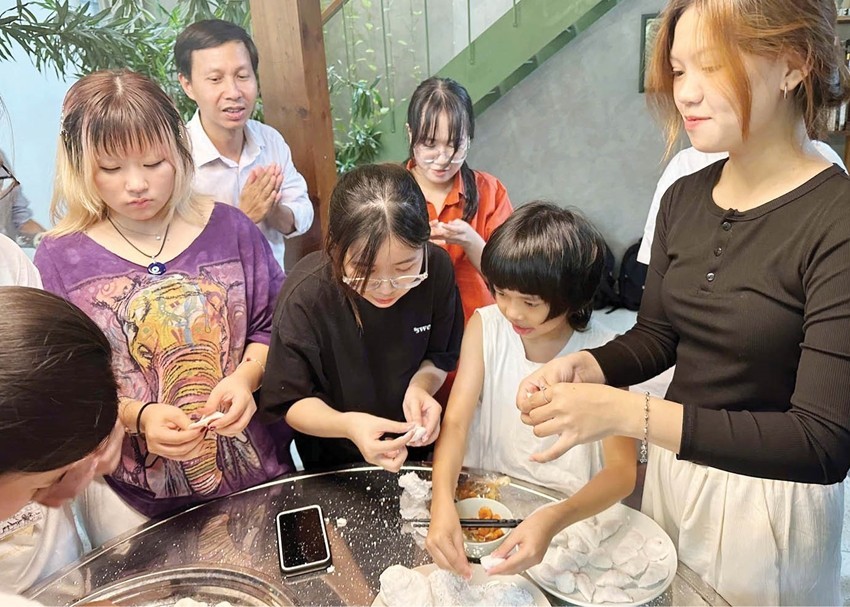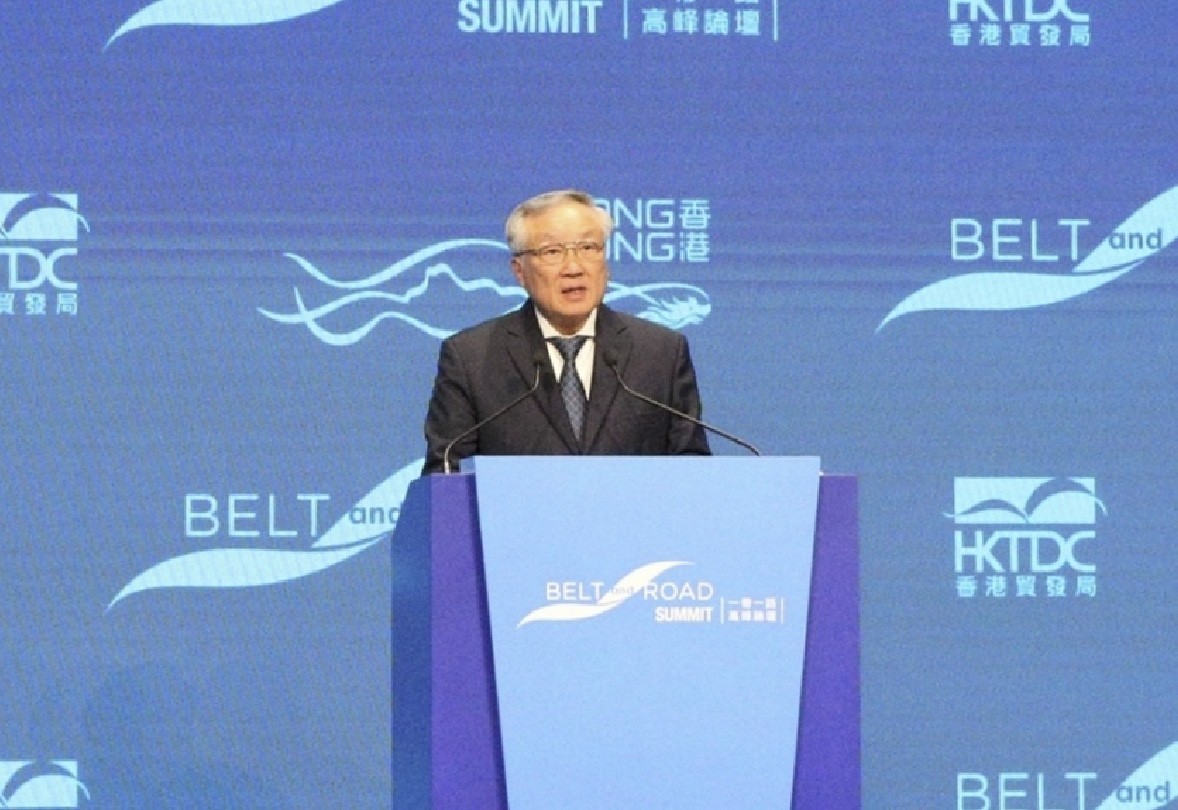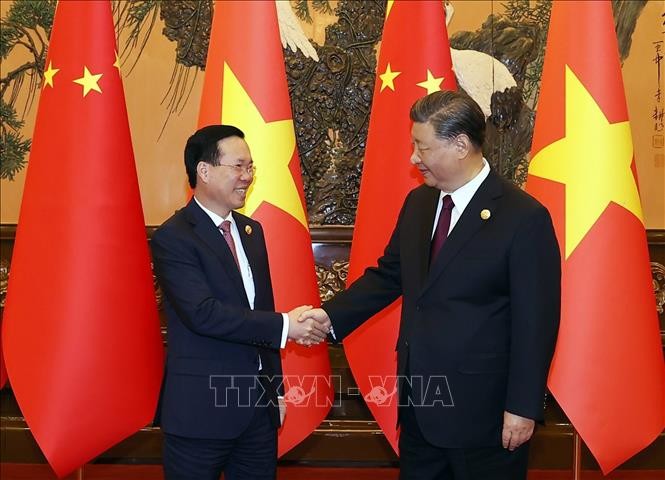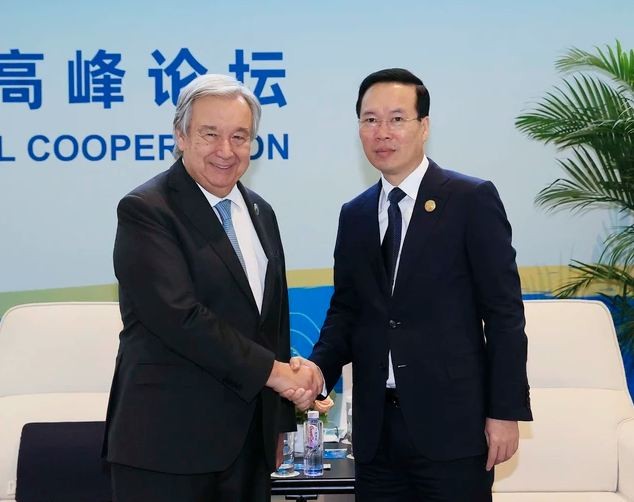BRF: Together for Common Development and Prosperity
Journey of Vietnam and BRF
In May 2017, attending the first BRF in Beijing, Vietnamese leaders said that, in the context of the world entering a turning point, each country and region is looking for new approaches, being creative, maximizing potential and advantages, effectively exploiting advanced achievements of science and technology, ensure a peaceful, secure and stable environment for sustainable development.
In that spirit, Vietnam welcomes economic and regional connectivity initiatives in general and the Belt and Road Initiative (BRI) in particular. Therefore, Vietnam is ready to cooperate with other countries in research and implement projects that bring common benefits, contributing to the successful implementation of sustainable development goals.
At the second BRF in April 2019, Vietnamese leaders shared about Vietnam's 30-year innovation journey, emphasizing that development is each country's responsibility and promoting extensive international integration is the foundation for successful cooperation.
At that time, Vietnam was focusing on domestic socio-economic development, besides promoting international integration, including cooperation with BRI; efforts to implement the United Nations' sustainable development goals; and actively participating in initiatives to reduce plastic waste and preserve biodiversity.
President Vo Van Thuong represents Vietnam to attend the third BRF, at the invitation of General Secretary and Chinese President Xi Jinping. Within of the forum’s framework, leaders will focus on discussing connectivity issues, green development, and digital economy; commercial connections; people-to-people exchanges; Local cooperation and maritime cooperation.
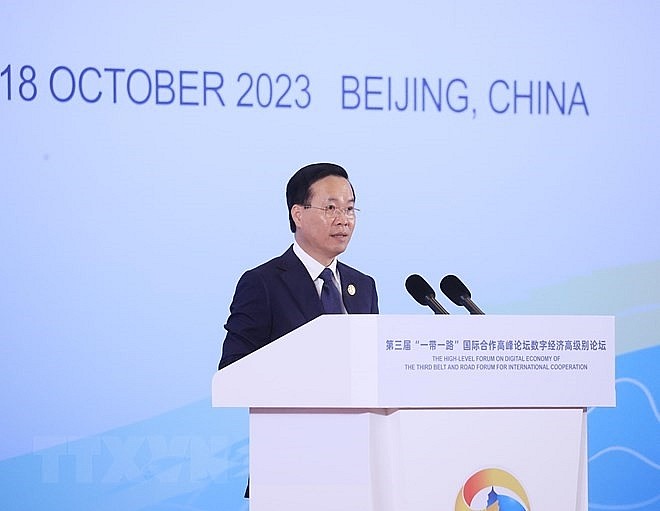 |
| President Vo Van Thuong at the third Belt and Road Forum for International Cooperation. |
Strengthening BRI cooperation and regional connectivity
BRI was first raised by Chinese President Xi Jinping during his visit to Central Asia (September 2013) and Southeast Asia (October 2013). In terms of geographical scope, BRI stretches from Asia to Europe and can expand to Africa and Latin America. The two main components are the Silk Road Economic Belt and the 21st Century Maritime Silk Road.
Vietnam lies within the geographical scope of the BRI and has a great need for infrastructure investment. Many experts realize that, through BRI, Vietnam can receive more capital for infrastructure and transportation development, increase service capacity and economic development; at the same time, take advantage of this opportunity to increase trade and investment exchanges and links with Southeast Asian countries.
In November 2017, on the occasion of Chinese President Xi Jinping’s visit to Vietnam and attending the Asia-Pacific Economic Cooperation (APEC) Summit Week, the two sides signed a Memorandum of Understanding between the Government the two countries on promoting connectivity between the "Two Corridors, One Belt" framework and the BRI.
In 2022, at the 14th Meeting of the China-Vietnam Steering Committee for Bilateral Cooperation in Nanning, the two sides agreed to strengthen the strategy development and accelerate cooperation through BRI and the "Two Corridors and One Economic Belt" plan.
Most recently, at the end of July 2023, during Prime Minister Pham Minh Chinh's visit to China, the two sides agreed to actively promote the strategic development connection between the two countries, accelerating cooperation to build high-quality BRI; strengthening road and rail connections in border areas, building a multi-modal, highly efficient and durable logistics system.
In the field of infrastructure, several cross-border traffic connection projects between Vietnam and China have been researched and implemented (feasibility study of 1,435m railway Lao Cai - Hanoi - Hai Phong; building Bac Luan bridge in Mong Cai; preparing to build a bridge across the Red River in Lao Cai; signing a pilot cooperation document to build a digital border gate between the two localities Lang Son and Guangxi...).
In addition, many Chinese and Vietnamese transportation and logistics enterprises such as ASEAN - Chongqing International Logistics Co., Ltd., Chongqing Yuxinou Supply Chain Management Co., Ltd.; Ratraco; Delta International Company... have transported hundreds of thousands of containers of goods from Chongqing through Vietnam to ASEAN countries and from Vietnam through China to third countries (Europe, Russia, Central Asian countries, Mongolia…).
At the recent eighth Belt and Road Summit, Minister of Planning and Investment Nguyen Chi Dung assessed that Vietnam has a "bridge" position between China and Southeast Asian countries. Therefore, cooperation between Vietnam and China within the BRI framework is meaningful in promoting regional cooperation and connectivity.
In recent times, BRI cooperation between Vietnam and China and other countries in the region has had notable features such as: Industrial Revolution 4.0 and major development trends such as digital transformation and green transformation are going strong, rearranging regional and global supply chains, creating opportunities to increase cooperation between China and Vietnam and Southeast Asian countries.
“Harmonized benefits - shared risks”
Minister Nguyen Chi Dung said that Vietnam is focusing on innovating the growth model based on technology and innovation, promoting human resources; actively implementing digital and green transformation, aiming for net zero emissions by 2050, and becoming a high-income developed country by 2045.
In the new context, Vietnam wishes to continue contributing to promoting economic integration and regional connectivity, supporting countries to build infrastructure and expand markets, narrowing the development gap between countries, and bringing new opportunities to businesses and people in the region and around the world.
For the BRI to continue being a catalyst for regional cooperation and development, Vietnam, China and countries in the region need to strengthen policy connections, actively exchange information, and share development experiences on digital economy, green economy, and new development models, for example, international trade free ports, smart border gates, cross-border economic zones (CBEZ).
At the same time, it is necessary to speed up cooperation and connection of the transport network between China and Vietnam and Southeast Asian countries, especially the railway network. It is significant to promote trade facilitation, opening the door for goods and agricultural products from other countries to enter each other's markets.
Therefore, BRI participants need to promote cooperation in the spirit of "harmonious benefits, shared risks", equality, sincerity, mutual benefit, and respect for international law. BRI continues to develop and bring real, sustainable results. That is the responsibility of each country and is the foundation to ensure a peaceful environment, creating favorable conditions for countries in the region to cooperate and develop.
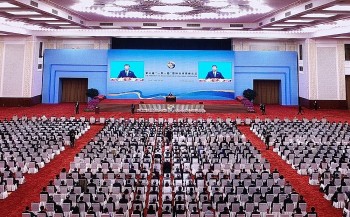 | Vietnam News Today (Oct. 19): State President Vo Van Thuong Attends Belt And Road Forum 2023 in Beijing Vietnam News Today (Oct. 19): State President Vo Van Thuong attends Belt and Road Forum 2023 in Beijing; Vietnam values traditional friendship with Uzbekistan; Party ... |
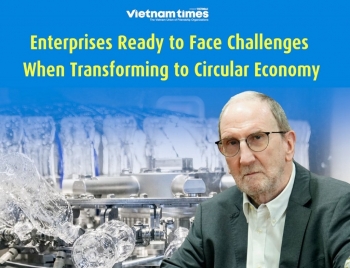 | Enterprises Ready to Face Challenges When Transforming to Circular Economy The transformation to a circular economy is a major development trend in many countries throughout the world, including Vietnam, with several environmental, economic, and social ... |
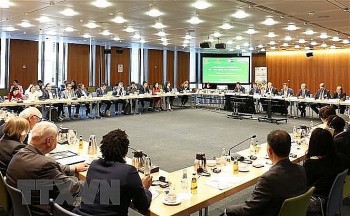 | Vietnam - Germany Economic Cooperation Promotes Export Markets Expansion The Vietnam - Germany Economic Cooperation Conference and Trade Exchange took place in Berlin on Oct. 5. |
Most read
Recommended
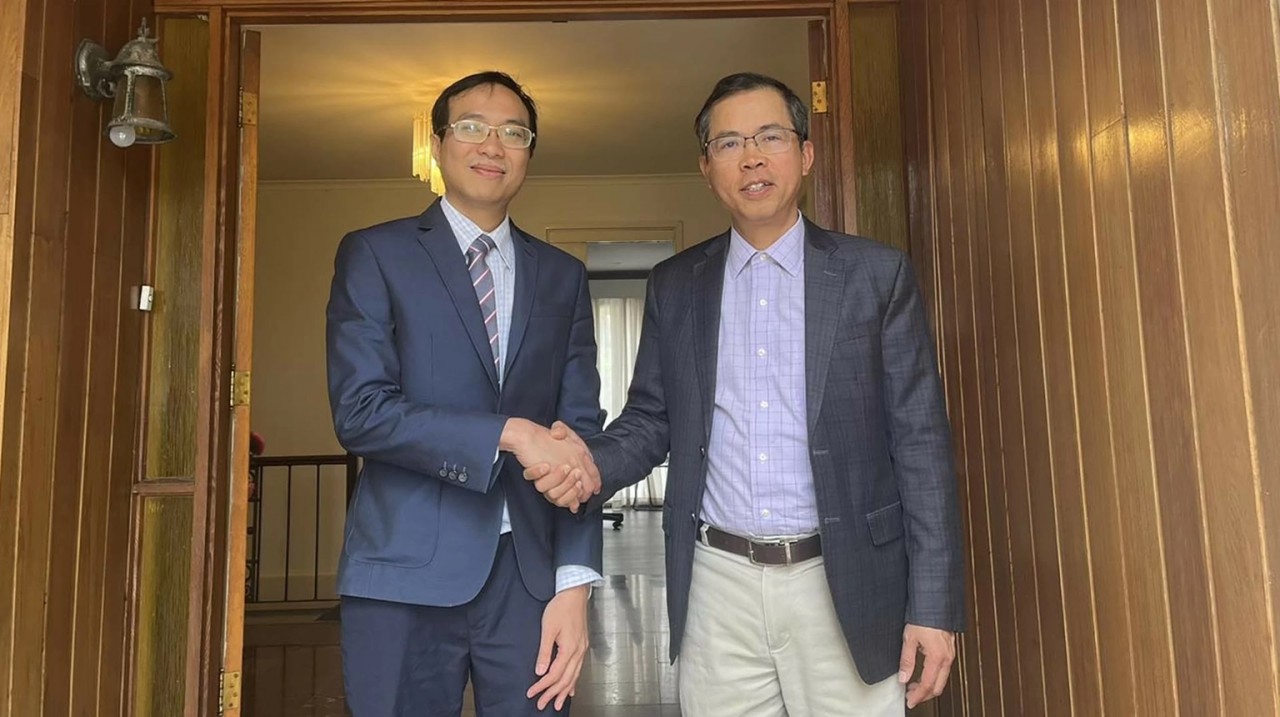 Economy
Economy
Australia - Vietnam Expland Connection in Sustainable Development and Technology
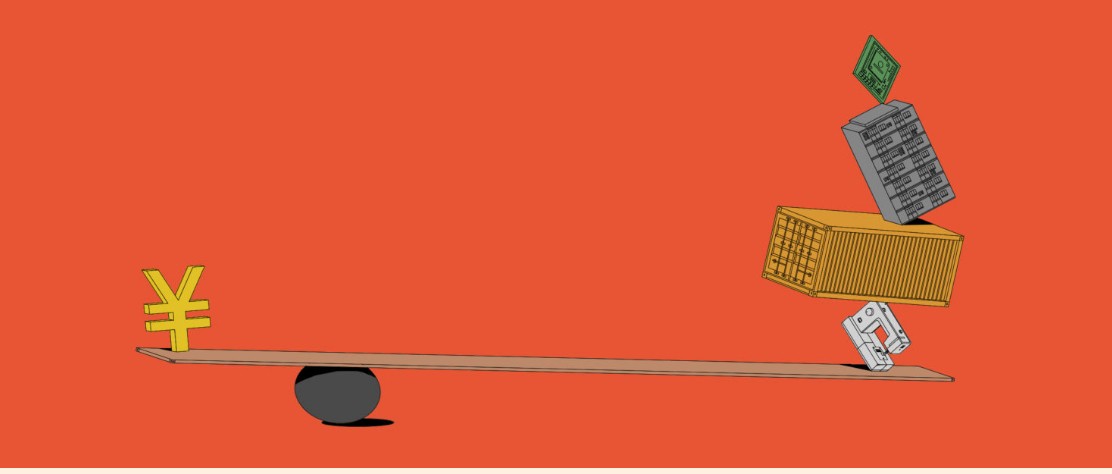 Economy
Economy
IMF on powers - China’ growth: falling and impacting others
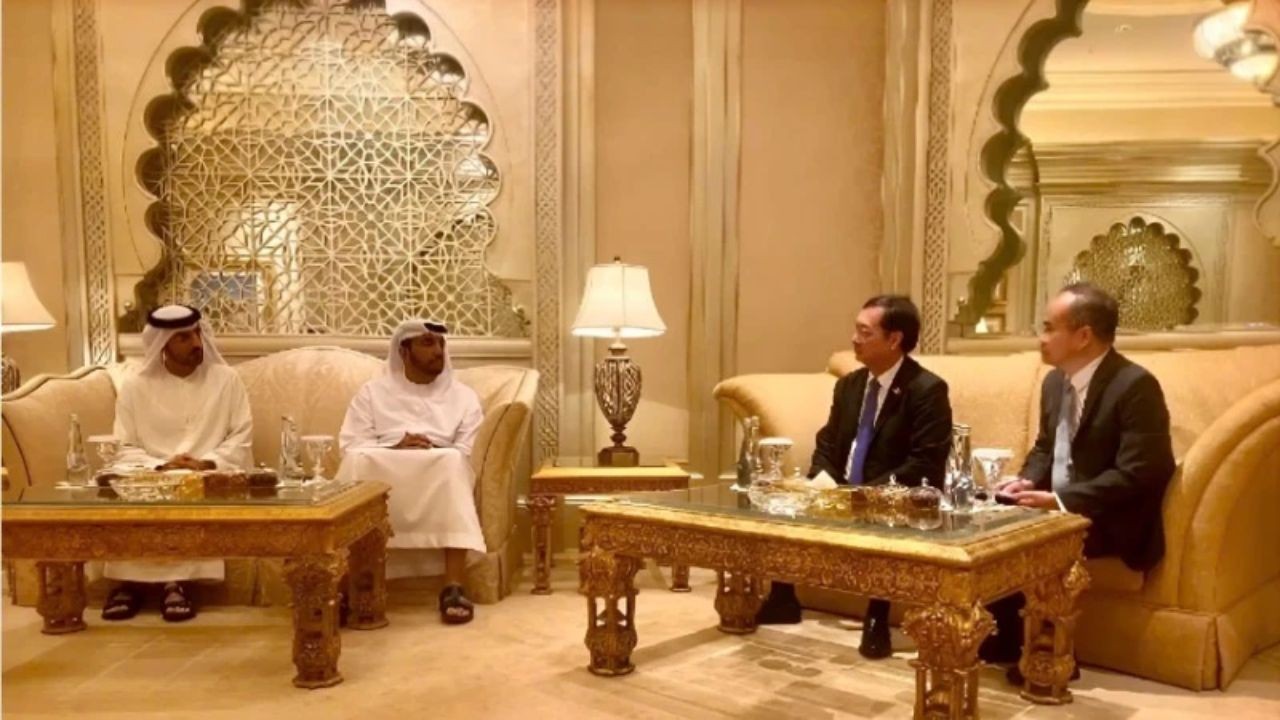 Economy
Economy
Vietnam Collaborates with UAE, Saudi Arabia on Quality Standards
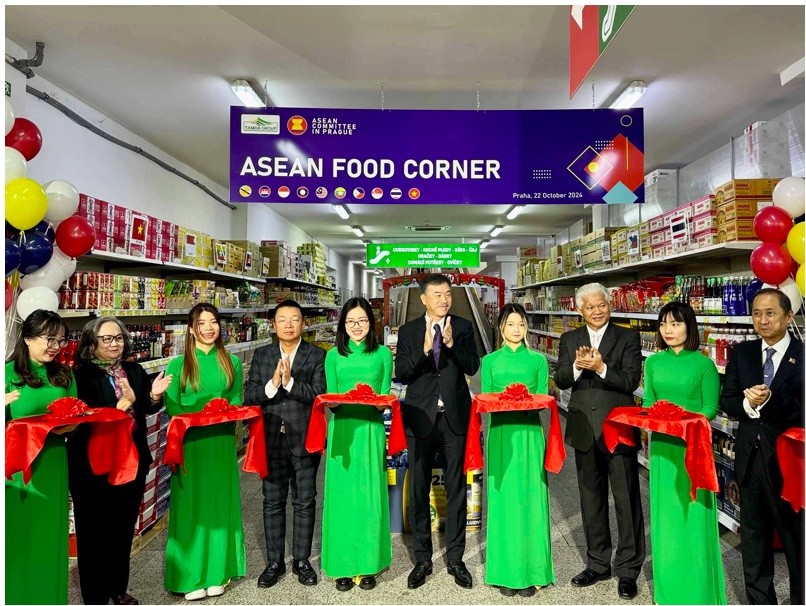 Economy
Economy
ASEAN Food Corner 2024 to promote ASEAN’s goods in Czech and Europe
Popular article
 Economy
Economy

